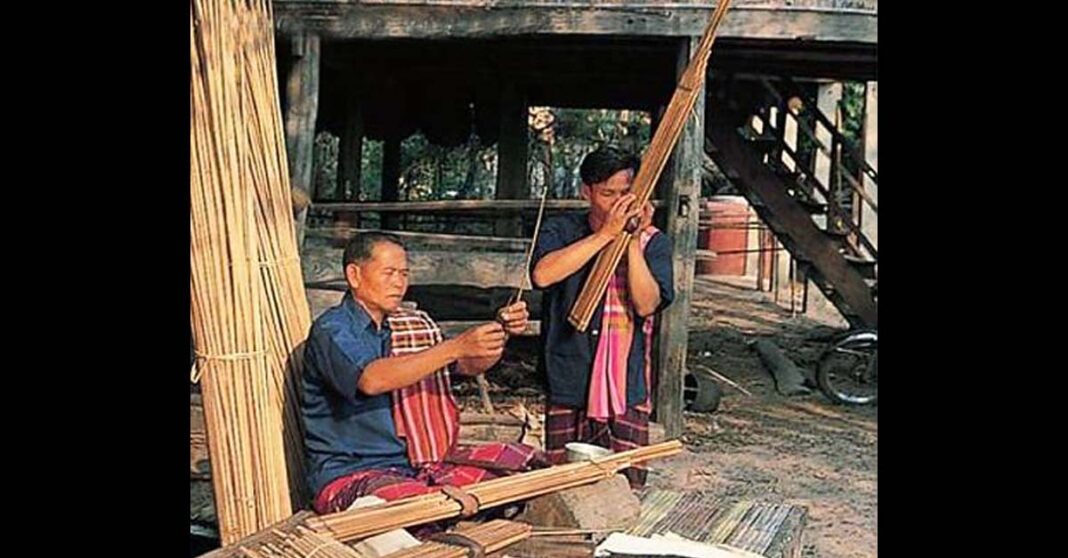Hot on the heels of the mango sticky rice debate comes a clarification of the Khaen, with Cambodia staking its own claim to the instrument.
Cambodia’s Ministry of Culture and Fine Arts has said that traditional Khaen music has its own forms in Cambodia and therefore does not belong to one country.
The Ministry was reacting to criticism online over Khaen music being listed by UNESCO as an intangible cultural heritage of Laos, Khmer Times reports.
Khaen music was inscribed as the intangible cultural heritage of Laos in December 2017 by the UNESCO Intergovernmental Committee for the Safeguarding of Intangible Cultural Heritage.
According to UNESCO, “The khaen music of the Lao people is played with a mouth organ that resembles panpipes but made with bamboo tubes of varying lengths, each with a metal reed. The player blows into the instrument through an air chamber and the sound produced depends on the size of the tube.”
UNSECO says that Khaen music is popular “in all regions of Laos” and “is an integral part of Lao life” that promotes family and social cohesion, being part of village festivals and other cultural traditions.

But Cambodians have recently pointed out that Khaen music is also performed in Cambodia, especially in Stung Treng Province.
Ministry spokesman Long Bunna Sireyvath explained, however, that Khaen music was not widespread in the country.
“Khaen music has its own forms in the Kingdom [of Cambodia] and in Laos which is why we cannot say it belongs only to Cambodia or to Laos. This does not mean that we have lost Khaen or Khaen belongs only to Laos,” he said.
He added that while the music is performed at Khmer New Year celebrations and national festivals, it is not well-known among the younger generation.
Meanwhile, Director-General of the General Department of Cultural Technique, Siyon Sophearith, said the ministry can give material support to any traditional art association, but they must earn public attention themselves to meet UNESCO’s criteria to be listed.



